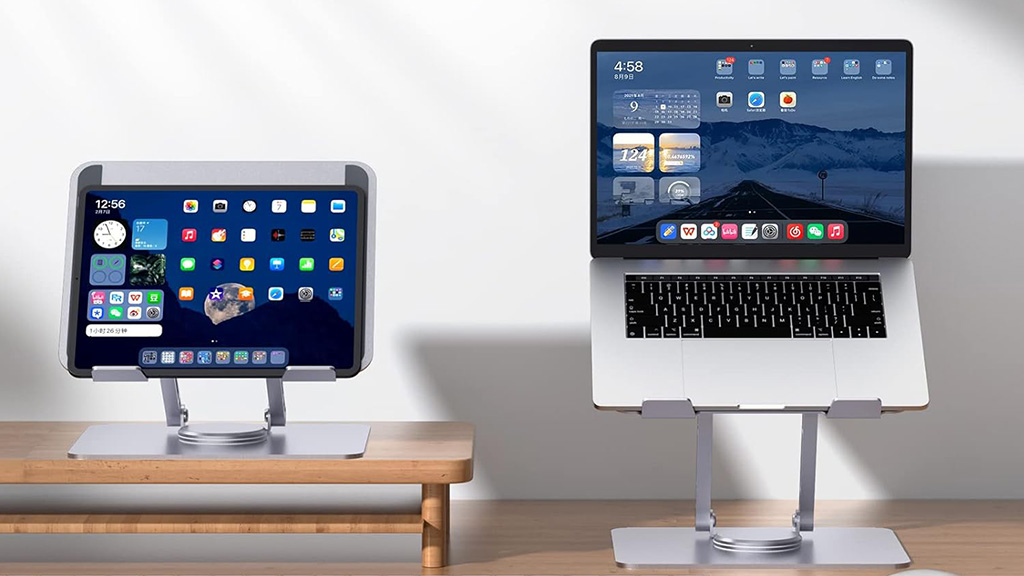CNC clamp workholding is important for achieving precision in machining, especially when working with complex materials like composites. These materials present unique challenges, but with the right fixtures, you can eliminate issues like slippage and misalignment.
CNC workholding for composite materials involves designing custom fixtures that securely hold delicate and often irregularly shaped parts. These fixtures prevent material distortion, preserve surface quality, and ensure CNC precision machining to meet industry standards.
Keep reading to learn more about the unique challenges and solutions for CNC workholding when machining composite materials.
Specialized Fixturing for Composites
Specialized CNC fixturing for composite materials is all about addressing the unique properties these materials bring to the table. Composites, like carbon fiber, behave differently from metals, and their fibers can change the material’s strength depending on the direction they run. To machine these parts accurately, you have to use some special fixtures.
When designing these special fixtures, some key factors to keep in mind are:
Compatibility: You have to ensure compatibility between the fixture material and the composite. For example, using non-metallic fixturing helps prevent issues like galvanic corrosion when working with carbon fiber. The materials cannot react with each other as it can damage the part or affect the machining process.
Support and stability: Composites can be flexible and vary in thickness, so fixtures need to distribute pressure evenly. This helps avoid any warping or misalignment during cutting. You also want to reduce vibration, which can cause surface defects or internal damage to the material.
Thermal management: Some composite materials are sensitive to heat, which can warp or damage them during machining. Fixtures that allow for heat dissipation or coolant flow help keep the material in top condition throughout the process.
Unique Challenges
When designing CNC fixtures for composites, you have to keep several factors in mind. Otherwise, a set of unique challenges may arise from the inherent properties of both the fixture and composite material.
Some unique challenges could be:
1. Delamination Prevention
One of the most significant risks when machining composites is delamination. It refers to the separation of the composite material layers, which weakens its overall structure.
Composites, especially those made from materials like carbon fiber or fiberglass, are layered and anisotropic (meaning their strength varies in different directions), making them prone to delamination during machining.
To prevent this, fixturing systems must offer even, reliable support across the entire surface of the workpiece. If the fixturing is uneven, it can cause mechanical stress on the material, leading to layer separation. Advanced fixturing technologies that adjust to the material’s shape and properties in real time have been developed to address this issue.
2. Static Control
Another challenge with CNC workholding for composite materials is managing static electricity. As the cutting tools work through the material, they can generate static, which causes dust and debris to cling to the surface.
This buildup not only affects the cleanliness of the workpiece but can also mess with machining accuracy and finish. Dust and particles can get caught between the tool and material, compromising the precision of each cut.
You can manage this problem by making fixtures of antistatic materials. And don’t forget to ground the fixture properly for the electricity to pass safely.
3. Tool Wear and Heat Sensitivity
Some composites, such as carbon fiber, can be abrasive. The tough fibers wear down tools more quickly than metals do, leading to increased tool wear. And worn out tools lose their sharpness, which reduces cutting precision and surface quality.
Also, composites are sensitive to heat. Too much heat generated during machining can weaken the bonds between the fibers, leading to material distortion. To address this, fixturing must incorporate cooling solutions that help manage heat build-up. Effective cooling systems, such as coolant channels or heat-dissipating fixtures, prevent overheating and protect the integrity of the composite material.
4. Workpiece Stability
You must maintain workpiece stability when machining composites, especially because these materials can be brittle and vary in thickness. Even slight shifts in position during the cutting process can lead to defects like chipping or misalignment.
You may require custom fixturing to keep everything stable. These fixtures are designed to precisely match the shape and size of the composite part, providing a stable base to prevent any unwanted movement.
Addressing these challenges demands specialized fixtures and advanced CNC technologies to maintain the composites’ integrity. You can contact Zintilon CNC service to get fixtures. They provide custom CNC machining services for various industries.
Non-Marking Solutions
When machining composite materials, one of the primary concerns is preventing any marking or damage to the surface. Composites are often delicate, and even small imperfections can compromise both their appearance and structural integrity. You have to apply non-marking fixturing solutions to avoid damaging the workpiece.
Here are some effective strategies to keep your composite workpieces safe during machining.
1. Composite-Friendly Jaws
One common solution is using composite-friendly jaws. These jaws are often made from soft materials like polyurethane or soft metals, which provide a secure grip without damaging the workpiece.
The softness of these materials allows the jaws to conform to the shape of the composite, ensuring that clamping forces are spread out evenly. This reduces the risk of marring, scratching, or indentations on the surface of the composite, which is especially important when working with high-end materials like carbon fiber.
2. Low-Pressure Clamping Systems
Another approach to preventing surface damage is implementing low-pressure clamping systems. Pneumatic or vacuum-based clamping systems that use lower pressure are ideal for composite materials because they hold the workpiece firmly without exerting too much force.
This method is a good option for delicate or thin parts, as it prevents the material from deforming under pressure.
3. Vacuum Fixtures
Vacuum fixtures are another great option for non-marking fixturing solutions. These fixtures create a uniform vacuum across the surface of the composite, holding it securely in place without the need for mechanical clamps. So, there is no chance of leaving clamping marks or creating pressure points on the material. Vacuum systems are particularly useful when working with thin or flexible composites, as they provide a consistent hold while keeping the surface intact.
4. Adhesive-Backed Fixtures
For more intricate or delicate composite parts, adhesive-backed fixtures offer an excellent non-marking solution. These fixtures use a strong adhesive to secure the workpiece to the fixture, avoiding the need for traditional clamping altogether. The adhesive holds the composite in place without applying pressure to the material, which means the surface is not at risk of being scratched or marked.
5. Custom Cradles with Epoxy Bonding
For particularly complex shapes or custom parts, creating custom cradles can be an effective way to hold composites securely without risk of marking. These cradles are designed to match the exact geometry of the part, providing a snug fit that keeps the workpiece stable during machining. A minimal amount of quick-setting epoxy is often used to bond the composite to the cradle, ensuring that the part stays in place without the need for excessive clamping.
Conclusion
Effective CNC workholding for composite materials is essential for achieving precision and preserving the material’s integrity. You can use specialized fixtures and non-marking solutions, such as soft jaws, low-pressure clamping, and vacuum fixtures, to prevent surface damage and improve machining quality. With the right approach, composites can be machined with accuracy to ensure their strength and durability.
At Zintilon, we specialize in custom parts manufacturing for composite materials. From prototype to production, our precision fixturing and machining services ensure top-quality results for your industry needs. Contact us for high-performance solutions.
—————————————————–



